Capturing Marine Wildlife with the EOS R3: A Review in Pictures
Imagine handling the usual challenges of wildlife photography…in low light…with the physical limitations that come with being as far down as 40 metres underwater. Renowned underwater photographer William Tan shares how the EOS R3 was a gamechanger under those conditions, helping him to see, focus on, and capture images like never before. (Images courtesy of William Tan; as told to SNAPSHOT)
Note: All images were shot with underwater strobes, and the camera and lens were in underwater housing.

A rugged, reliable companion for deep sea adventures
Where underwater photography is concerned, I’ve always been a firm believer in getting the best equipment that you can afford. It’s a physically demanding genre of photography that requires constant handling of challenging situations. Having a responsive camera that takes good pictures makes a huge difference to my underwater shooting experience.
For years, I have been quite partial to Canon’s EOS-1D X series. Besides being rugged enough to withstand harsh situations that include the freezing sea of Hokkaido, Japan, they also have impressive low light AF performance. The EOS R3 delivers all these and more in a body that’s smaller and lighter, causing less drag in the water, and its performance exceeds all my expectations.
A school of Bigeye Trevally (Caranx sexfasciatus)
EOS R3 + RF15-35mm f/2.8 IS USM @ FL: 16mm, f/11, 1/200, ISO 320
This image of a school of trevallies “exploding” like fireworks was shot at a depth close to 40 metres, using the 12-fps continuous shooting mode. Despite the dark surroundings, I was able to compose and focus easily through the EOS R3’s bright and clear electronic viewfinder (EVF).
Know this: The 30-fps electronic shutter mode and flash photography
With third-party underwater strobes, only the 12-fps mechanical shutter mode was available for continuous shooting. But on land, you can also use the 30-fps electronic shutter continuous shooting mode for flash photography with a compatible flash such as the Speedlite EL-1.
Also see:
Shutter Modes & Continuous Shooting Modes: When to Use Which?
EVF: Excellent vision even in the dark
EVF: Seeing tiny creatures bright and clear, even in the dark
The large and bright 5.76 million-dot OLED EVF on the EOS R3 provided a clear view even in dim or dark underwater conditions. There were occasions where it helped me achieve shots of subjects when the DSLR users beside me got none: they weren’t able to see anything through their optical viewfinders at all, let alone focus!
In situations where a target light is still necessary, such as on blackwater dives, the excellent EVF view allows me to use only a very faint light. That way, I don’t frighten away sensitive subjects like the marine plankton below.
Planktonic snail larvae
EOS R3 + RF100mm f/2.8L Macro IS USM @ f/11, 1/200 sec, ISO 200
Other equipment: 2.8x macro converter
Shrimp larvae
EOS R3 + RF100mm f/2.8L Macro IS USM @ f/11, 1/200 sec, ISO 200
Other equipment: 2.8x macro converter
The larger 1.4x magnification of the RF100mm f/2.8L Macro IS USM allowed me to get closer than ever to these tiny subjects. Even though I was using a macro converter, the camera’s AF was still able to lock focus on the shrimp’s compound eye quickly and accurately, capturing its fine details.
Easy confirmation of exposure, even during burst shooting
During burst shooting, the resulting images flash in the EVF before the next shutter fires. They help to confirm that my camera and strobe power settings are appropriate.
AF: Fast and reliable; almost no user input needed
AF: Fast and accurate with almost no user input needed
Under normal shooting conditions, my AF area mode of choice is the new Flexible Zone AF mode, which allows you to set your preferred Zone AF frame size. These modes are fast and reliable, and can easily find and focus on subjects without much need for user input. When the subject is within the focusing frame, the camera automatically detects its eye—great if you’re lazy when it comes to AF operations, like me!
Tip: Use a single-point AF mode for marine creatures with false eyes
For marine creatures with false eyes or spots on their bodies, I recommend using one of the single-point AF modes (1-point AF or Spot AF).
Ocellated Eagle Rays (Aetobatus ocellatus)
EOS R3 + RF15-35mm f/2.8 IS USM @ FL: 15mm, f/6.3, 1/200, ISO 1250
On a rainy day while at a depth of over 40m, I saw these eagle rays coming at me. Even in near darkness, Single Point AF found focus on the closest ray, and then the tracking function took over and followed it throughout the frame. All I had to do was find the best composition, fire off in continuous shooting mode, and choose the best formation from the series. At such depths, the camera’s high ISO tolerance was also a huge advantage.
False Clownfish (Amphiprion ocellaris) with the Tongue Biter Parasite (Cymothoa exigua) in mouth
EOS R3 + RF100mm f/2.8L Macro IS USM @ f/11, 1/200 sec, ISO 100
A clownfish with its resident tongue parasite (the pair of eyes in the fish’s mouth). This combination used to be very challenging to shoot, but the new customisable Flexible AF Zone option on the EOS R3 made it easier to achieve sharp images with both subjects in focus.
Setup tip: William’s setup for Flexible Zone AF
By default, the three Flexible Zone AF options are pre-set to a small square, a vertical rectangle, and a horizontal rectangle.
The three default Flexible Zone AF frame sizes



I adjust my Flexible Zone AF options so that:
- Flexible Zone AF 1 is an even smaller square,
- Flexible Zone AF 2 is a medium-sized square, and
- Flexible Zone AF 3 is a large square.
I feel that it is easier to exclude distractions from being detected if the Zone AF frame is a square instead of a rectangle. I use the largest square (or even the full AF area) if the background is not too cluttered, and downsize to the others as necessary.
Learn more about the AF features on the EOS R3 in:
Unravelling the AF Features on the EOS R3
Image quality: Beautiful details, high ISO tolerance
Image quality: Beautiful details, excellent high ISO tolerance
I was impressed by the image quality of the EOS R3’s newly developed 24.1-megapixel back-illuminated stacked image sensor. It delivers resolution beyond what the pixel count would suggest to photographers fixated on only the numbers. Textures and colours are recorded faithfully in realistic detail.
Nurse Shark (Nebrius ferrugineus)
EOS R3 + RF15-35mm f/2.8 IS USM @ 15mm, f/11, 1/200 sec, ISO 800
The EOS R3’s image sensor faithfully captured this nurse shark’s unique skin texture.
Metallic Goby (Amblyeleotris latifasciata), dark phase
EOS R3 + RF100mm f/2.8L Macro IS USM @ f/11, 1/200 sec, ISO 100
Metallic Goby (Amblyeleotris latifasciata), light phase
EOS R3 + RF100mm f/2.8L Macro IS USM @ f/13, 1/200 sec, ISO 100
The EOS R3 captured the vibrant colours of these two variations of metallic goby beautifully. The shorter closest focusing distance of the RF100mm f/2.8L Macro IS USM decreases water distance and contributes to cleaner images with less backscatter. Focusing was not only faster, but also more accurate when compared to the EF version of the lens.
Bumphead Parrotfish (Bolbometopon muricatum)
EOS R3 + RF15-35mm f/2.8 IS USM @ 16mm, f/8, 1/200 sec, ISO 800
I was pleasantly surprised by the beautiful sunburst achieved, as well as the subtle differences of the blue graduation within the same frame.
One reason for the EOS R3’s amazing AF and imaging prowess is the DIGIC X image processor. Learn more about it and what it does in:
Canon Technology Explainer: What is DIGIC?
Battery life: Lasts the whole day of diving
Battery life: LP-E19, enough to last an entire day of diving
Just like the EOS-1D X series cameras, the EOS R3 uses the 2700mAH Battery Pack LP-E19. With it, the EOS R3 lasted me the entire day (two to three dives) without recharging, even with heavy use of the EVF. In this respect, it offers better assurance than the EOS R5 or EOS R6, which use the lower capacity LP-E6 series batteries that deplete much faster and may run out in the middle of a dive!
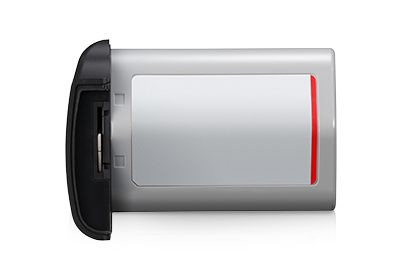
The high-capacity Battery Pack LP-E19 can last the entire day of diving, allowing me to keep my EOS R3 safely sealed in its underwater housing all throughout. We try not to take the camera out of its underwater housing where possible, not even in between dives, as that increases the chances of undesirable water leakage.
Summing up: Outstanding AF and imaging performance, even 40 metres down deep
Within the first few dives with the EOS R3, I realised I did not have to pay too much attention to the focusing. The camera takes care of that. I can also do wonders to the RAW files in post-production even if the exposure was very off. It is indeed wonderful to be able to just concentrate on the composition of the image, allowing the creative artistic soul inside you to show. When weather turns bad, I find myself shooting with much higher ISO speeds than I would before, assured that the images won’t be noisy. I would say, to date, the EOS R3 is the best camera I have shot with underwater.
Other images
A school of Bigeye Trevally (Caranx sexfasciatus)
EOS R3 + RF15-35mm f/2.8 IS USM @ 16mm, f/11, 1/200 sec, ISO 320
Grey Reef Shark (Carcharhinus amblyrhynchos) in a rain of fish
EOS R3 + RF15-35mm f/2.8 IS USM @ 35mm, f/8, 1/200 sec, ISO 800
Hawksbill Sea Turtle (Eretmochelys imbricata) breathing at the surface
EOS R3 + RF15-35mm f/2.8 IS USM @ 16mm, f/8, 1/200 sec, ISO 200
Still wondering if you should buy the EOS R3? Here’s how it compares with the EOS R5 and the EOS-1D X Mark III:
EOS R3 vs EOS R5: Which One Should I Choose?
EOS R3 vs EOS-1D X Mark III: How to Decide?

































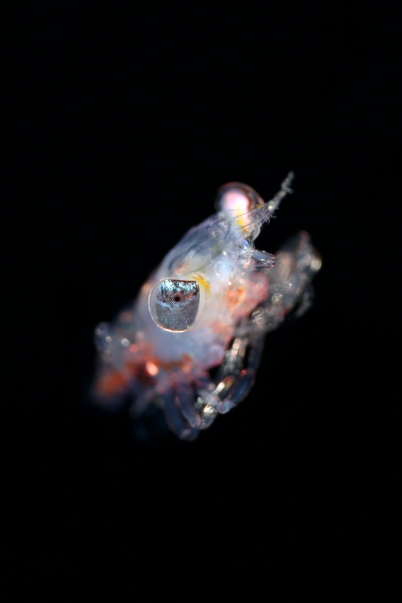



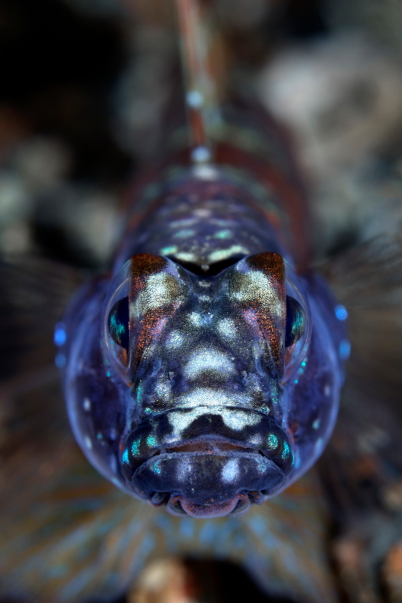
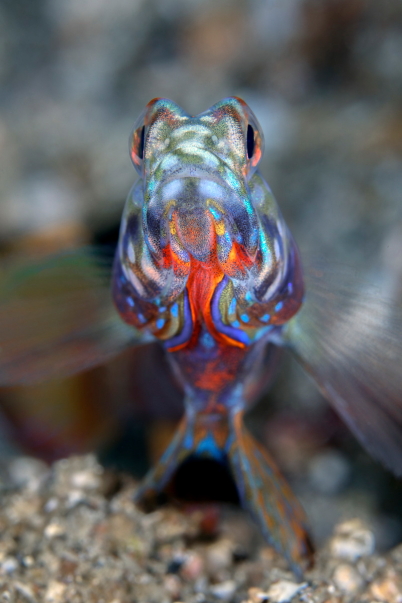

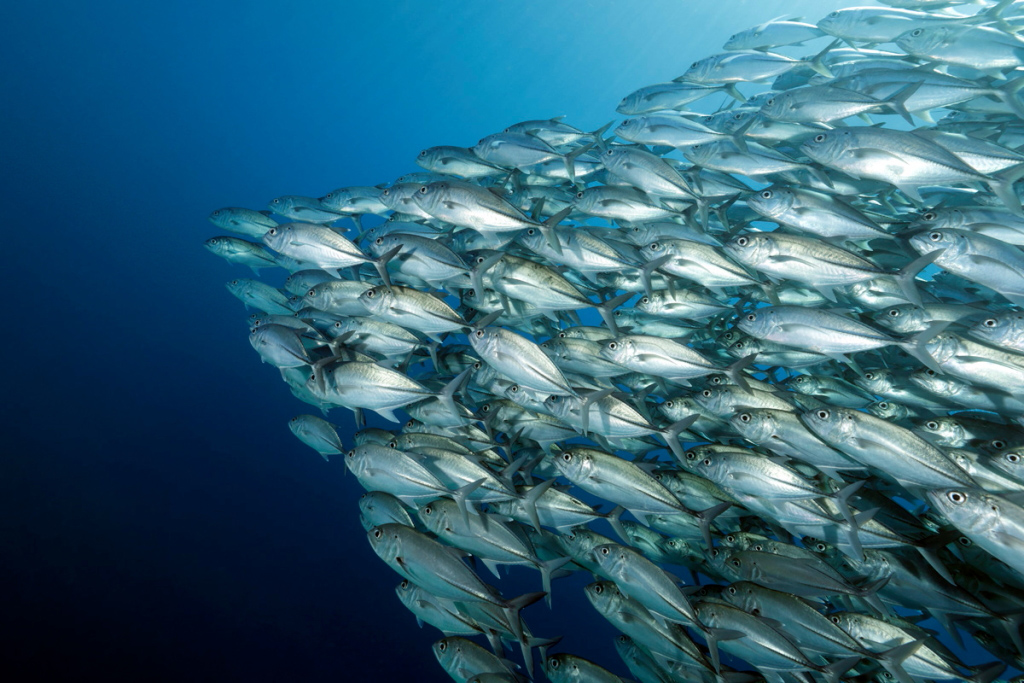

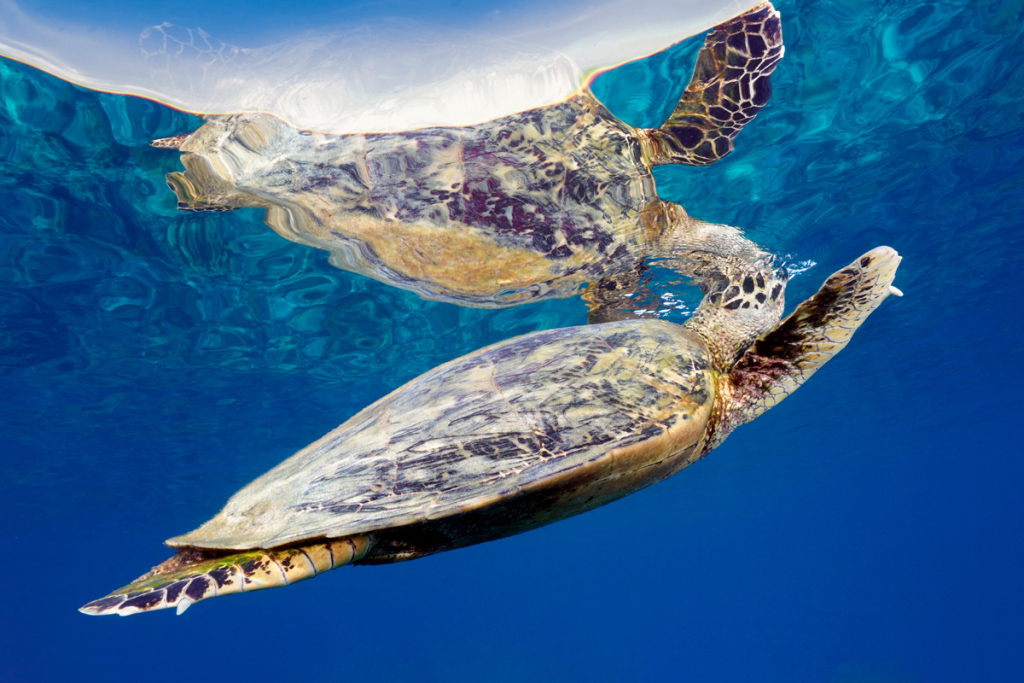

.jpg)


